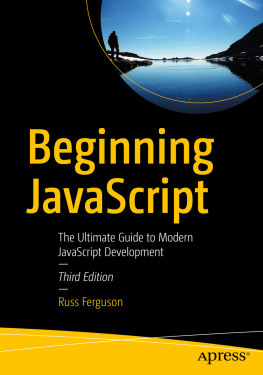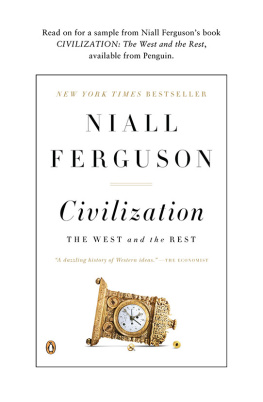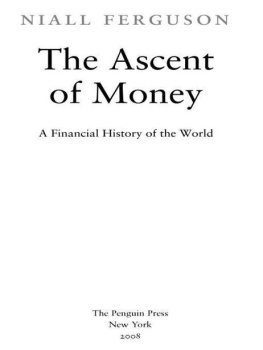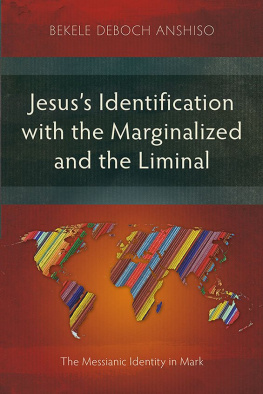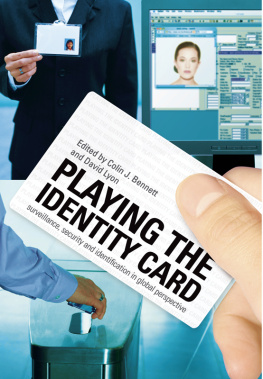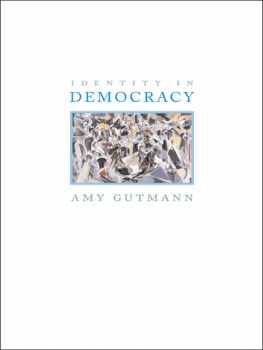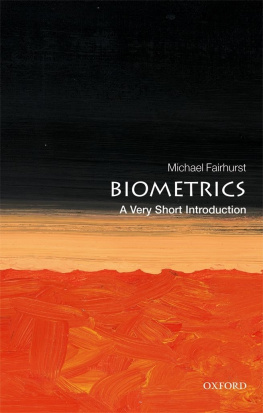Landmarks

The Art of Identification

Lucinda Cole and Robert Markley, General Editors
Advisory Board:
Stacy Alaimo (University of Texas at Arlington)
Ron Broglio (Arizona State University)
Carol Colatrella (Georgia Institute of Technology)
Heidi Hutner (Stony Brook University)
Stephanie LeMenager (University of Oregon)
Christopher Morris (University of Texas at Arlington)
Laura Otis (Emory University)
Will Potter (Washington, DC)
Ronald Schleifer (University of Oklahoma)
Susan Squier (Pennsylvania State University)
Rajani Sudan (Southern Methodist University)
Kari Weil (Wesleyan University)
Published in collaboration with the Society for Literature, Science, and the Arts, AnthropoScene presents books that examine relationships and points of intersection among the natural, biological, and applied sciences and the literary, visual, and performing arts. Books in the series promote new kinds of cross-disciplinary thinking arising from the idea that humans are changing the planet and its environments in radical and irreversible ways.
The Art of Identification
Forensics, Surveillance, Identity
Edited by
Rex Ferguson,
Melissa M. Littlefield,
and James Purdon
The Pennsylvania
State University Press
University Park,
Pennsylvania
Library of Congress Cataloging-in-Publication Data
Names: Ferguson, Rex, 1977 editor. | Littlefield, Melissa M., 1979 editor. | Purdon, James, 1983 editor.
Title: The art of identification : forensics, surveillance, identity / edited by Rex Ferguson, Melissa M. Littlefield, and James Purdon.
Other titles: AnthropoScene.
Description: University Park, Pennsylvania : The Pennsylvania State University Press, [2021] | Series: AnthropoScene: the SLSA book series | Includes bibliographical references and index.
Summary: A multidisciplinary collection of essays exploring current scholarship on the history of human identification. Examines how techniques of identification are entangled within a wider sphere of cultural identity formationProvided by publisher.
Identifiers: LCCN 2021021596 | ISBN 9780271090573 (hardback)
Subjects: LCSH: Identity (Philosophical concept) in literatureHistory. | Identity (Philosophical concept)History. | IdentificationHistory. | IdentificationSocial aspectsHistory. | LCGFT: Essays.
Classification: LCC PN 56. I 42 A 78 2021 | DDC 111/.82dc23
LC record available at https://lccn.loc.gov/2021021596
Copyright 2021 The Pennsylvania State University
All rights reserved
Printed in the United States of America
Published by The Pennsylvania State University Press,
University Park, PA 16802-1003
Photography by Eric Fong
The Pennsylvania State University Press is a member of the Association of University Presses.
It is the policy of The Pennsylvania State University Press to use acid-free paper. Publications on uncoated stock satisfy the minimum requirements of American National Standard for Information SciencesPermanence of Paper for Printed Library Material, ANSI Z 39.481992.
Contents
The Art of Identification began life as a series of workshops held at the University of Birmingham, the University of St. Andrews, and the University of Illinois at Urbana-Champaign that could not have taken place without the support of a research networking grant from the Arts and Humanities Research Council. The conversations begun at those workshops shaped the overall design of this volume and informed the majority of its chapters. The editors are therefore indebted to all workshop contributors, including Jess Woodhams, Lee Rainbow, Warren Hines, Dan Vyleta, Richard House, Deborah Jermyn, Jane Caplan, Kamilla Elliott, Spencer Schaffner, Jonathan Finn, Kate West, Charlotte Bilby, Annie Ring, Dawn Stobbart, Simon Cole, Stephen Cartwright, Kenworthey Bilz, Fabienne Collignon, Ian Burney, Malthe Boye Bjerregard, June Jones, and Jakob Stougaard-Nielsen. Meeting the artist Eric Fong (. In pursuing publication, we were fortunate to have the support of Lucinda Cole and Bob Markley, series editors at Penn State University Press, who championed the project. At the press, our thanks go to Kendra Boileau, Alex Vose, and our anonymous readers, whose perceptive suggestions helped to strengthen the final manuscript in numerous ways.
Rex Ferguson,
Melissa M. Littlefield,
and James Purdon
Ronald Pinn was born in Bermondsey, London, on 23 January 1964 and died on 9 August 1984, aged twenty years. And he would have remained deceased had British writer Andrew OHagan not assumed Pinns identity during a twenty-first-century experiment in contemporary self-invention. While researching covert practices developed by the London Metropolitan Police beginning in the 1960s, OHagan had found that, in the dangerous work of infiltrating extremist groups and passing as members of these groups, undercover Met officers had to become masters at mimicking the authentic behaviors, looks, and language of credible members of the group. But what was equally intrinsic to a successful impersonation was the creation of what the police and intelligence services refer to as a legend: a verifiable backstory that connects with the present and validates a subjects inhabitation of a particular community.
The idea of identity as a legend, in this sense, speaks to a central concern of this collection: namely, that identity formation is inextricably tied to the act of being identified. Undercover officers successful inhabitation of a credible identity depends on the ability to realize their chosen identities in a believable manner; they must be recognized as someone who fits into the given group and endorses its prevailing ideology. But for this masquerade to become fully credible it has to be accompanied by a manipulation of the documentation through which individuals are proven to be themselves and no otherhaving an identity means being identified as such. The traces that lend credence to a given identity are therefore grounded in both the impressionistic sense of who they are and the conglomeration of identificatory presences that prove it to be so.
A legend, in this and its more standard usage, forms a connection in which the present is made explicable through recourse to the past. By engaging with the legend, we understand something intrinsic to a sense of enduring, usually national, identity. But legends are, of course, also fictions that mythologize a past that was itself never meaningful in precisely this way. To form a legend is therefore to merge hard facts with the power found in the representational arts. As OHagan puts it, When I first heard about it, I wondered if the officers involved in this activity were not in fact covert novelists, giving their characters a hinterland that suited the purpose of their present investigations. And it is the power of the imagination that OHagans experiment, written up in an article for the London Review of Books in 2015 and as a chapter in his The Secret Life (2017), makes plain. For while the traditional forms of paper documentation serve as the originators of Ronnie, OHagan finds that he is unable to sustain a believable identity without embedding his character in the technological manifold through which such an identity is creatively constituted in the contemporary moment. In other words, the identification of Ronnie as a genuine person is wrapped up in a complex skein of traces that include both his formal identification and his online presence within a host of social media and communications technologies. Ronnie thus opens Facebook, Gmail, and Twitter accounts, validating his integration in the world through evidence of his friends and followers and also through the cultural forms (music, films, books, and so on) that he likes.



